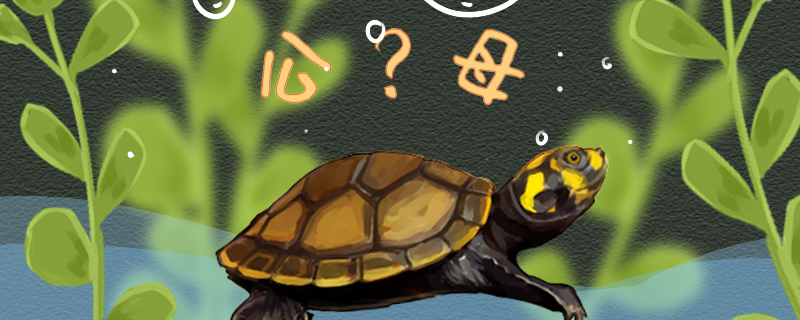
1, abdomen distinction: First of all, yellow head side neck turtle distinction male and female can see their abdomen. Look at their abdomen, if there is a clear straight line on it, and there is a very clear depression in the middle of their abdomen, then it is a male turtle; If the abdomen is relatively flat, it is a female turtle.
2. Tail difference: The tail difference between male and female turtles is also relatively large. From the length of the tail, the male turtle's tail is long, while the female turtle's tail is short. Judging from the thickness of the tail, the male turtle's tail is thick, especially at the base of the tail, which looks very thick; The tail of the female tortoise is thinner.
3, cloacal difference: can also observe their cloacal position. If it's a male, their cloaca is farther from the back edge of their plastron; On the contrary, the cloaca of female turtles is closer to the edge of the plastron.
4, size differences: male and female turtles in the adult body is also different. Female turtles are generally larger than male turtles when they grow up. However, if we compare them from this aspect, we need to do it after they become adults.
The yellow-headed side-necked turtle can be raised together with other turtles, and the male and female turtles can also be raised together. However, if mixed culture, we still need to pay attention to some problems. For example, space problems, yellow-headed side-necked turtles are relatively large, if the number of breeding more than one, then need to prepare a larger container. Moreover, the amount of feeding needs to be more, otherwise it can not meet the needs.